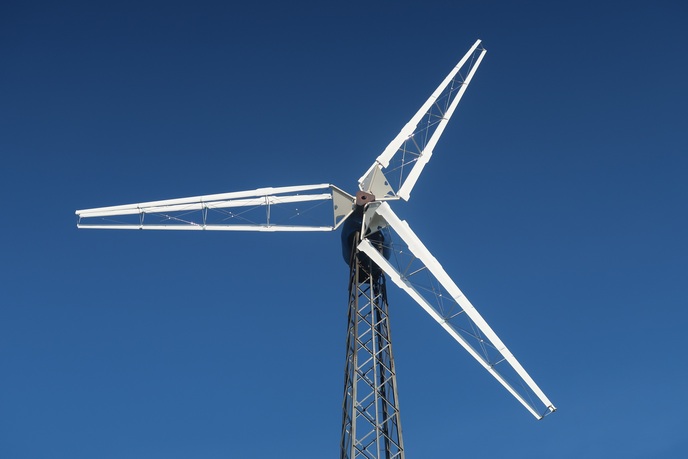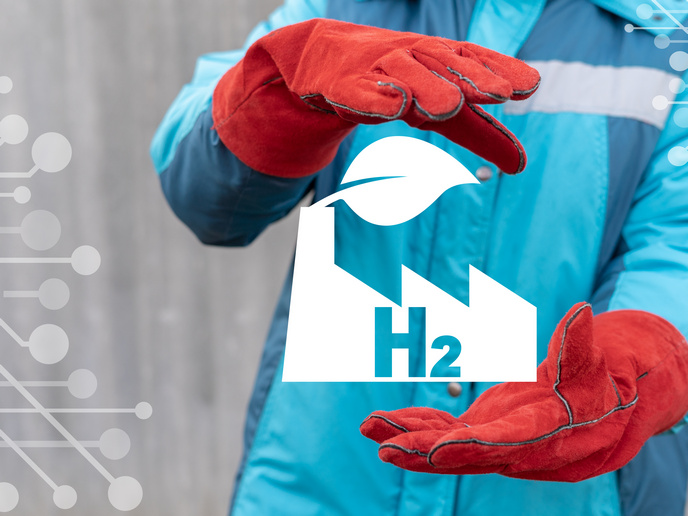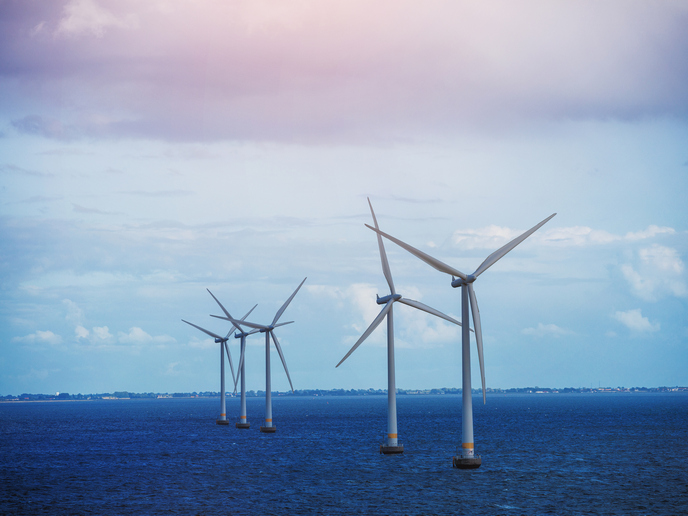Tackling challenges faced by the wind resource industry
Wind energy researchers and training programmes are in short supply in Europe. Recruitment for research and development projects and training for postgraduate and doctoral students have been acknowledged as two effective solutions. To address the issue, the EU-funded WAUDIT (Wind resource assessment audit and standardization) project set out to design training and education schemes. Overall, the aim was to develop novel methodologies in order to contribute to more reliable wind energy assessment procedures. Work began with the mapping of current wind assessment methods via an EU-wide survey. This led to a report that contains feedback from 72 wind analysts representing 48 different organisations. Results showed that many methodologies exist, but most lack appropriate assessment. The document proposed success factors for wind resource assessment. It also identified key research priorities. To study the complementarities of various numerical and experimental methodologies, validation and demonstration test cases were carried out. This resulted in a guidance report on quality-check methods in order to standardise model evaluation procedures. A wind energy training programme was established for 23 early-stage researchers (ESRs) from 13 European institutions engaged in the development of wind resource assessment techniques. This was achieved with the coordination efforts of the European Wind Energy Academy and the support of 30 universities, research centres and industrial partners from eight Member States. General and specialised courses were run through a series of three summer and autumn schools. A PhD seminar for ESRs was also held annually at the Academy. The programme further developed 15 PhD theses and contributed to more than 100 journal, conference and technical report publications. WAUDIT's training-through-research scheme succeeded in delivering standardised quality-check procedures for assessment models and methodologies and reducing fragmentation in Europe. It will also help meet EU targets for reducing uncertainties in wind resource evaluation and forecasting to below 3 % by 2030.
Keywords
Wind resource, wind energy, wind resource assessment







